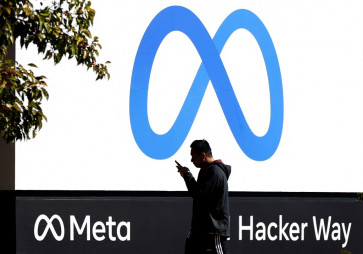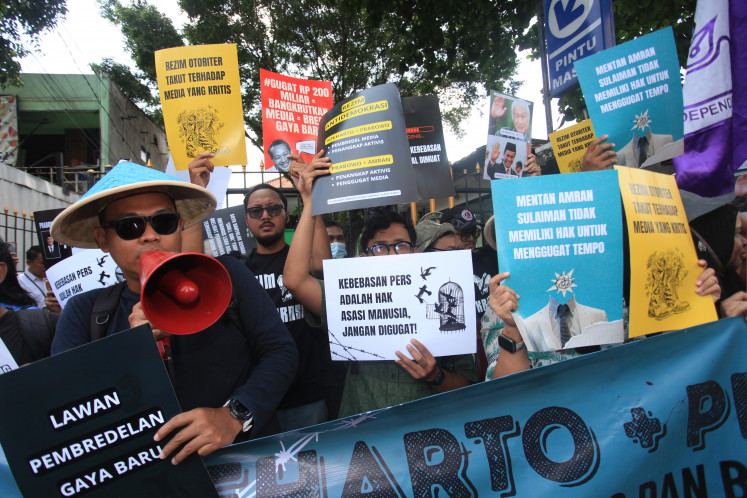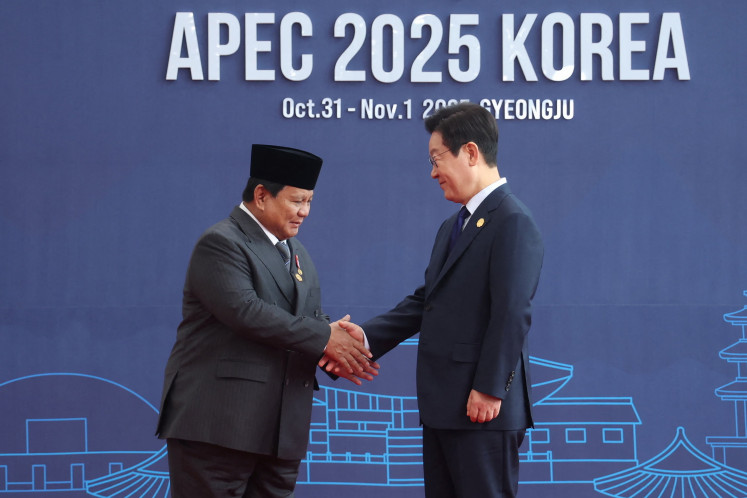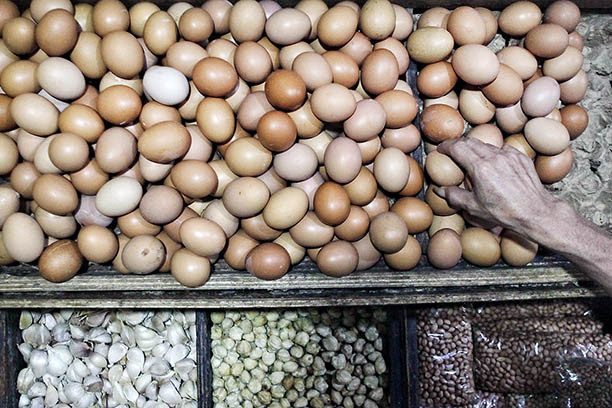Popular Reads
Top Results
Can't find what you're looking for?
View all search resultsPopular Reads
Top Results
Can't find what you're looking for?
View all search resultsFive more years or a new beginning?
Indonesia is just a few weeks away from the general election
Change text size
Gift Premium Articles
to Anyone
Indonesia is just a few weeks away from the general election. The logistical challenge of organizing a vote involving over 190 million registered voters and 800,000 polling stations across the vast archipelago is daunting.
Also, for the first time both the presidential and legislative elections will be held on the same day. Almost 20,000 public posts at national, provincial and local levels will be contested on April 17.
However, virtually all eyes will be on the vote that determines who will occupy Merdeka Palace for the next five years. As Indonesia’s electorate heads to the polls, the question is whether President Joko “Jokowi” Widodo deserves five more years or should Prabowo Subianto be given a chance.
Most surveys leading up to the crucial vote have consistently shown the incumbent, Jokowi, ahead of his rival, Prabowo Subianto, in the presidential race — in many cases with double-digit margins. Jokowi’s electability has stood around the mid-50 percent range, while Prabowo’s electability trails behind in the mid-30 percent range, with the remainder being undecided voters.
For the casual observer, a Jokowi victory is the more likely outcome. However, the lessons of the Brexit referendum in the United Kingdom, Donald Trump’s triumph in the United States’ presidential election as well as Basuki Tjahaja Purnama’s defeat in the Jakarta gubernatorial election in recent years should make us cautious of taking anything for granted.
Indeed, much has been made of a recent survey by the country’s largest newspaper Kompas that found the race to be narrowing. Released on March 20, the survey indicated 49.2 percent of respondents favored Jokowi (down 3.4 percent from five months ago) while 37.4 percent favored Prabowo (up 4.3 percent).
This finding alone represents a remarkable turnaround from a year ago when the results of the presidential election seemed like a foregone conclusion. Indeed, at one point there were genuine concerns that Jokowi would be the sole candidate with Prabowo apparently wavering and Indonesia facing the very real prospect of an uncontested election. Now the situation has changed to one where the opposition is at least confident enough to fancy their chances in taking on the incumbent, buoyed by indications that the race is narrowing.
Arguably many of Jokowi’s supporters have been left disappointed with his performance over the past five years. The incumbent has not been the great champion of human rights that activists hoped for back in 2014, the economy is nowhere near the 7 percent gross domestic product growth he famously campaigned on, and the choice of Ma’ruf Amin as his running mate has put off some millennial and ethnic minority voters.
Calls for the Indonesian electorate not to abstain perhaps indicate concerns that many of Jokowi’s voters will simply not turn up on voting day.
Meanwhile, Prabowo’s supporters appear the more motivated, with a “reunion” of the “212” Islamic movement rally attracting tens of thousands people last December. The online discourse also suggests it will be a close contest, with the followers of the two candidates engaged in passionate — if not at times unhealthy — arguments.
The campaign season has so far been a dull affair.
Having said that, online posts do not necessarily translate into physical votes and neither does leading in surveys.
Thus turnout will be key. Which of the two candidates will be more successful in getting their supporters to actually go to the polling station will determine who will be handed the keys to Merdeka Palace.
Important too is the relatively sizeable undecided voters and whether they will lean toward Jokowi or Prabowo or maybe even not bother to take part. Unfortunately, the campaign season — including a series of televised presidential-vice presidential debates — has so far been a dull affair with none of the two presidential candidates doing enough to convince the undecided voters to back them.
Too much time has been given to making normative statements about making the country better, and too little time dedicated to offering concrete policy ideas complete with details about how they actually hope to make Indonesia a better place for its people.
Take the recent vice-presidential debate between Ma’ruf and Sandiaga Uno for example. The former proposed three cards — to assist with tuition fees, provide affordable staple food and to help jobseekers — as the answer to improving Indonesia’s social welfare without explaining where the funding for them would come from. Meanwhile, the latter pledged to solve the problems in the Health Care and Social Security Agency (BPJS Kesehatan) within the first 200 days without offering any blueprint of how he intends to fulfill this bold promise in such a short time.
Despite an almost seven-month campaign period — marked by publicity stunts, hoaxes, normative statements and unrealistic promises — voters are nowhere clearer in knowing why either Jokowi or Prabowo deserves their vote. More importantly, the Indonesian electorate is no clearer in knowing what either Jokowi or Prabowo would do with that vote.
All told, April 17 is more than just determining which individual gets to be the next president. It is about deciding the very Indonesia we all want for ourselves and for our children. In the remaining few weeks, may the two candidates pay more attention on elaborating what their dream of Indonesia is, how they plan to realize it, and why we should subscribe to it. The presidential race is not about them, it is about all of us who call Indonesia home.
________________
The writer heads the ASEAN Studies Program, The Habibie Center, Jakarta. The views expressed are his own.










